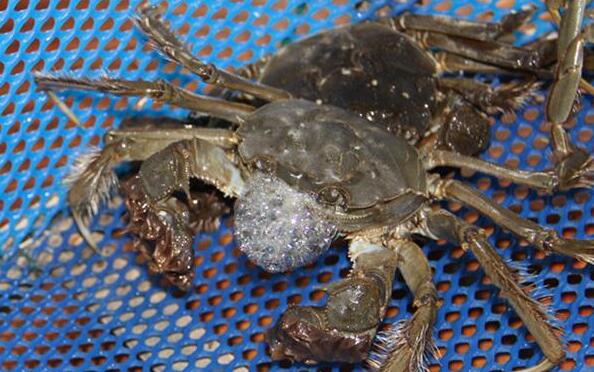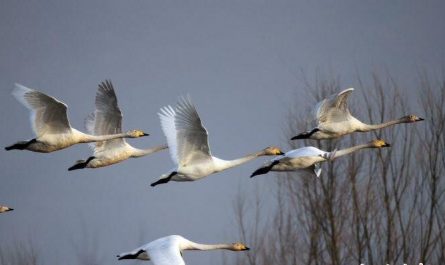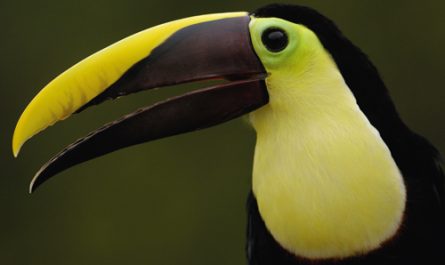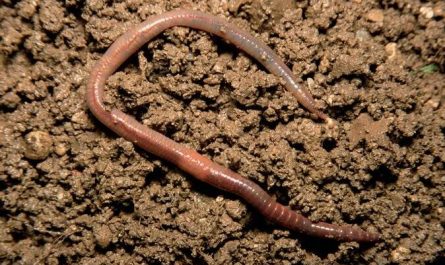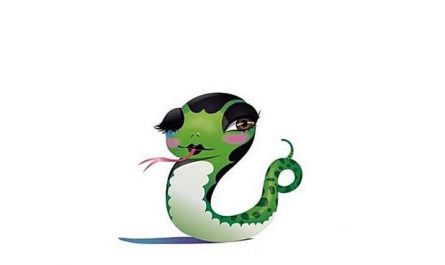The reason why crabs spit
Crabs are crustaceans that live in water. Like fish, they breathe with their gills. The only difference is that crab gills are different from fish gills. They are not born on the sides of the head, but are made up of many soft gills like sponges, which are born on both sides of the body, and the surface is covered by a hard carapace. When a crab lives in water, fresh water is sucked in from the bases of the chelated feet and step feet (the oxygen dissolved in the water enters the blood of the capillaries of the gills), and it is spit out from both sides of the mouthparts after flowing through the gills.
Although crabs often live in water, they are different from fish. They often crawl to the land to find food, and they will not dry out after leaving the water.^ This is because the gills of crabs store a lot of water. Just like in water, he can breathe continuously, sucking a lot of air, and spit it out from both sides of his mouthparts. Because it sucks in too much air, the contact area between the gills and the air is larger, and the water contained in the gills is spit out together with the air, forming countless bubbles. The more they pile up, the white foam piles up in front of the mouth.
Is it good or bad for crabs to spit foam?
Friends who buy crabs can also observe the “rampling” of hairy crabs. Those who leave the ground while crawling are good stuff. If you touch the side of its eyes with your hands or branches, the eyeballs will flash flexibly and react quickly. Those who “spit white bubbles” are fresh.
Another point is that when you hold the crab with your hands, it feels heavy enough and looks very plump. That’s why the crabs are plump and plump. It also depends on the vitality of the hairy crab. Turn the crab over and place it on the ground. The one that can be quickly turned back with the crab feet indicates strong vitality; the one that cannot be turned back has poor vitality and cannot be stored for long.
So, when you come across hairy crabs with foamy mouth and quick response, you have received a good crab~~
Life habits of crabs
Hunting
Crabs spend most of their time looking for food. They are generally not picky eaters. They can eat as long as the claws can get food. Small fish and shrimps are their favorite. However, some crabs eat seaweed, even dead animals and plants. Can eat.
competition
Crabs eat other animals, and other animals may also eat crabs. For example, humans treat crabs as a delicacy, water birds also eat crabs, and some fish like humans like to eat crab feet. When young and juvenile crabs swim in groups in the sea, they may be preyed by other marine life. Therefore, crabs lay a lot of eggs when they lay eggs to ensure the survival rate of crabs.
Breed
They rely on female crabs to give birth to small crabs. Each time the female crabs lay a lot of eggs, the number can reach millions of pieces. After these eggs hatch in the abdomen of the female crab, the larvae can escape from the mother’s body and float around along with the coastal current. After several times of shelling, they grow into big-eyed larvae. After several times of shelling, the big-eyed larvae grow into juvenile crabs. The appearance of juvenile crabs is almost the same as that of adult crabs. After several times of shelling, they become crabs. Most marine crabs are discharged into the ocean without hatching after their eggs mature.
